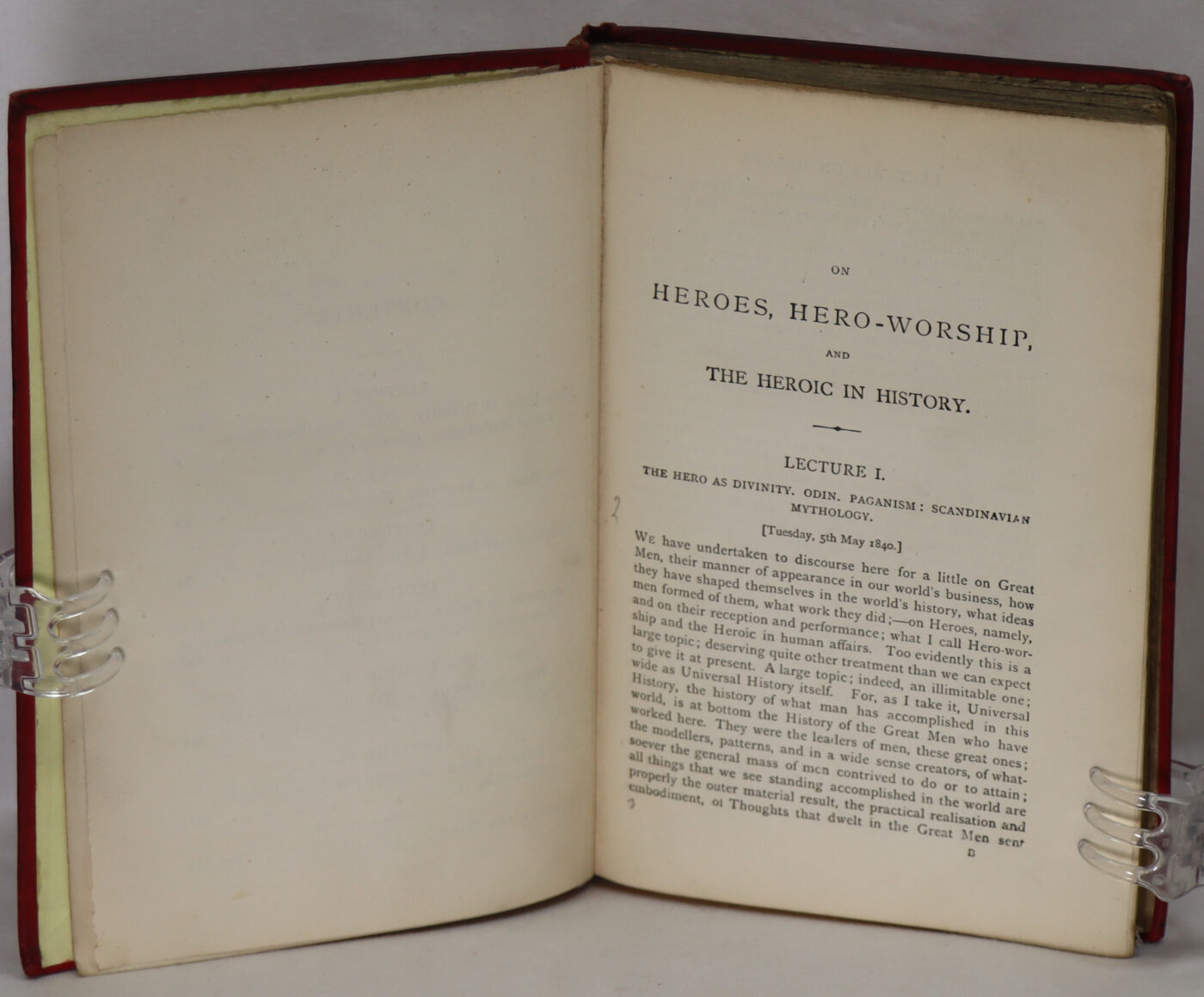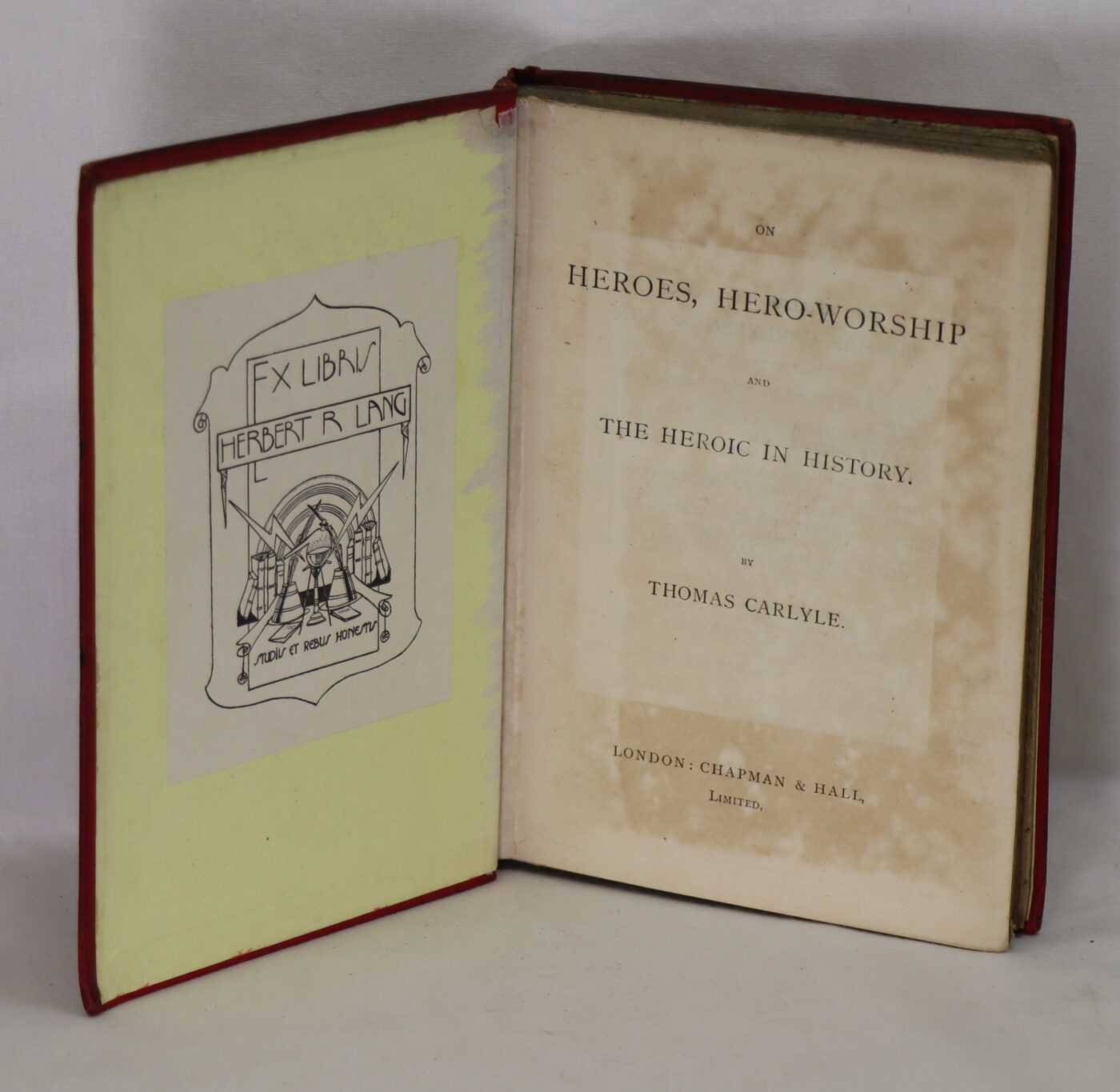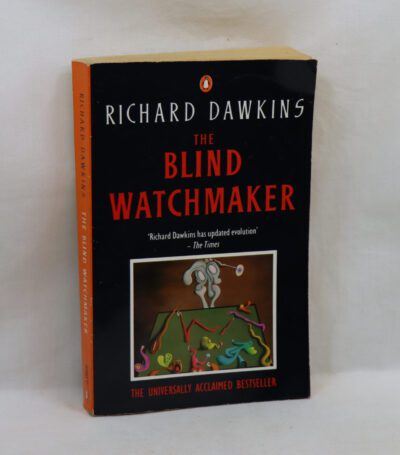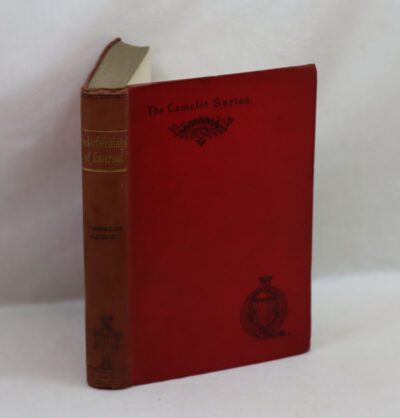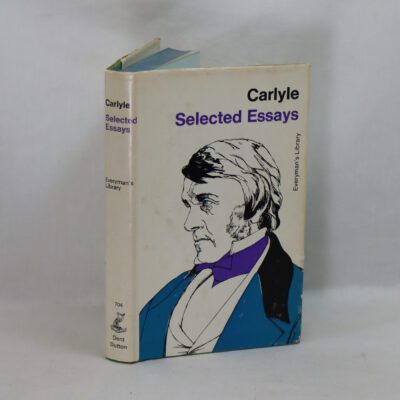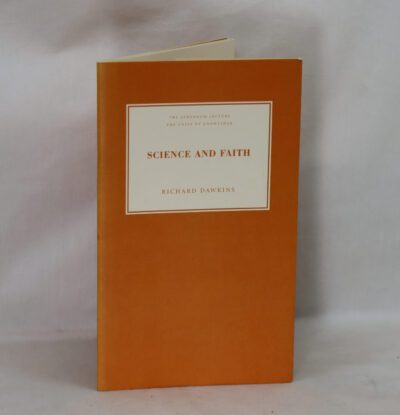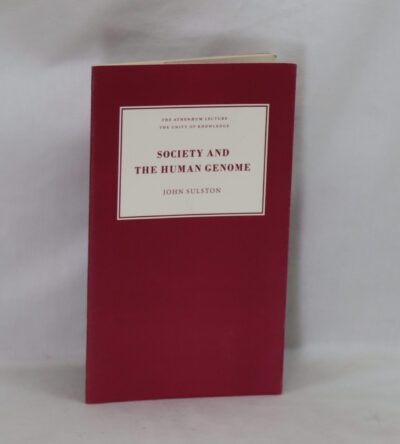On Heroes, Hero Worship and the Heroic in History.
By Thomas Carlyle
Printed: 1888
Publisher: Chapman & Hall. London
| Dimensions | 13 × 15 × 1.5 cm |
|---|---|
| Language |
Language: English
Size (cminches): 13 x 15 x 1.5
Condition: Fair (See explanation of ratings)
Your items
Item information
Description
Hardcover. Red cloth binding with gilt title on the spine.
We provide an in-depth photographic presentation of this item to stimulate your feeling and touch. More traditional book descriptions are immediately available
- Note: This book carries a £5.00 discount to those that subscribe to the F.B.A. mailing list
For conditions, please view our photographs. A nice clean copy from the library gathered by the famous Cambridge Don, computer scientist, food and wine connoisseur, Jack Arnold LANG. On Heroes, Hero-Worship, & the Heroic in History is a book by the Scottish essayist, historian and philosopher Thomas Carlyle, published by James Fraser, London, in 1841. It is a collection of six lectures given in May 1840 about prominent historical figures. It lays out Carlyle’s belief in the importance of heroic leadership. On Heroes, Hero-Worship, and the Heroic in History by Thomas Carlyle, originally a series of lectures, presents the idea that history is shaped by the actions of “Great Men”. The book explores different archetypes of heroes, such as the divinity, prophet, poet, priest, man of letters, and king, using figures like Odin, Muhammad, Dante, Shakespeare, Martin Luther, Oliver Cromwell, and Napoleon as examples. Carlyle argues that these individuals, driven by their heroic qualities, have a transformative and lasting impact on society.
Thomas Carlyle (4 December 1795 – 5 February 1881) was a Scottish essayist, historian and philosopher. Known as the “sage of Chelsea”, his writings strongly influenced the intellectual and artistic culture of the Victorian era. Carlyle was born in Ecclefechan, a village in Dumfriesshire, Scotland. He attended the University of Edinburgh, where he excelled in mathematics and invented the Carlyle circle. After finishing the arts course he prepared to become a minister in the Burgher Church while working as a schoolmaster. He quit these and several other endeavours before settling on literature, writing for the Edinburgh Encyclopædia and working as a translator. He initially gained prominence in English-language literary circles for his extensive writing on German Romantic literature and philosophy. These themes were explored in his first major work, a semi-autobiographical philosophical novel entitled Sartor Resartus (1833–34).
Carlyle eventually relocated to London, where he published The French Revolution: A History (1837). Its popular success made him a celebrity, prompting the collection and reissue of his earlier essays under the title of Miscellanies. His subsequent works were highly regarded throughout Europe and North America, including On Heroes (1841), Past and Present (1843), Cromwell’s Letters (1845), Latter-Day Pamphlets (1850), and Frederick the Great (1858–65). He founded the London Library, helped to establish the National Portrait Galleries in London and in Edinburgh, became Lord Rector of the University of Edinburgh in 1865 and received the Pour le Mérite in 1874, amongst other honours.
Carlyle occupied a central position in Victorian culture, being considered the “undoubted head of English letters” and a “secular prophet”. Posthumously, a series of publications by his friend James Anthony Froude damaged Carlyle’s reputation, provoking controversy about his personal life and his marriage to Jane Welsh Carlyle in particular. His reputation further declined in the aftermaths of the First World War and the Second World War, when his philosophy was seen as a precursor of both Prussianism and fascism. Growing scholarship in the field of Carlyle studies since the 1950s has improved his standing, and although little-read today, he is yet recognised as “one of the enduring monuments of [English] literature”.
Condition notes
Want to know more about this item?
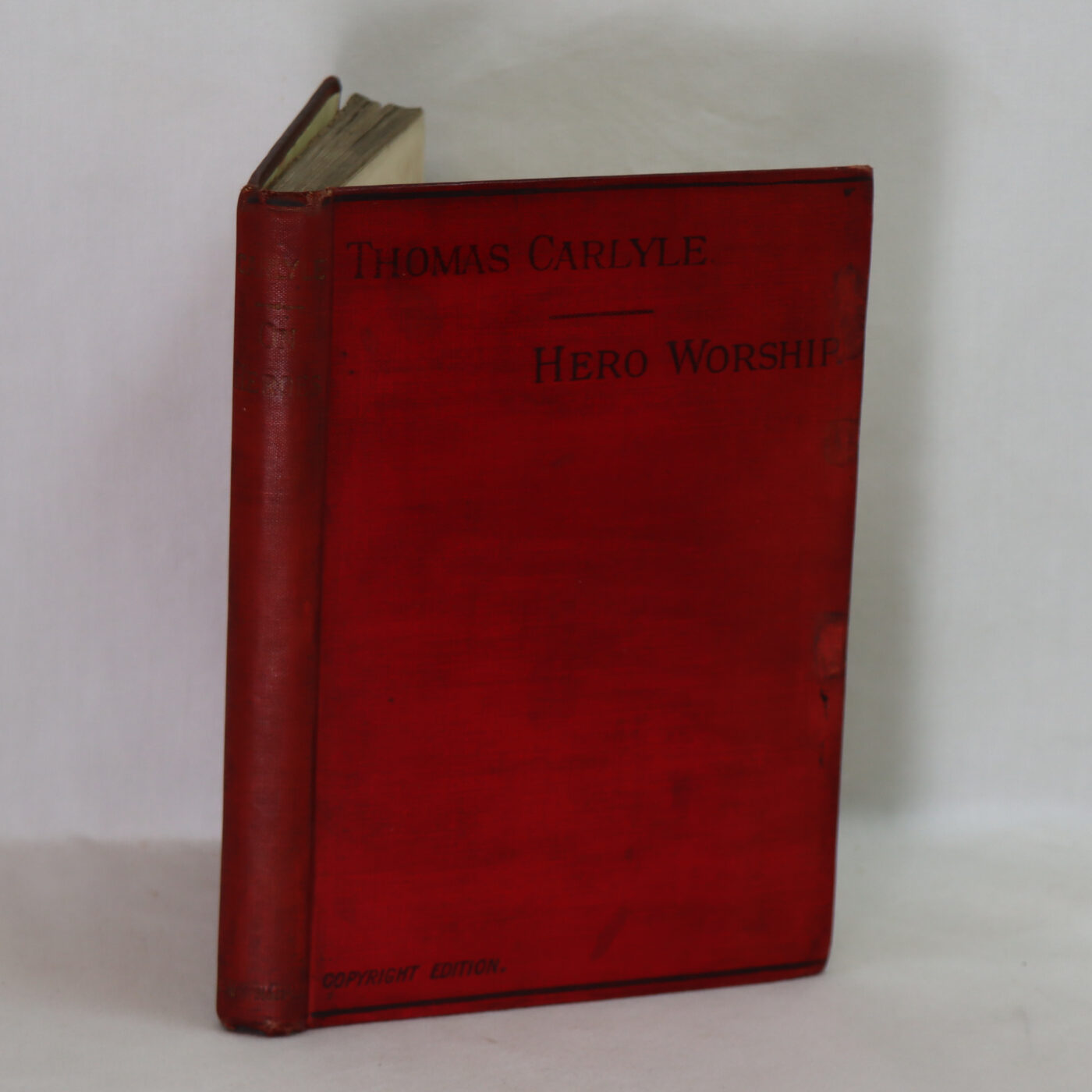
Related products
Share this Page with a friend

